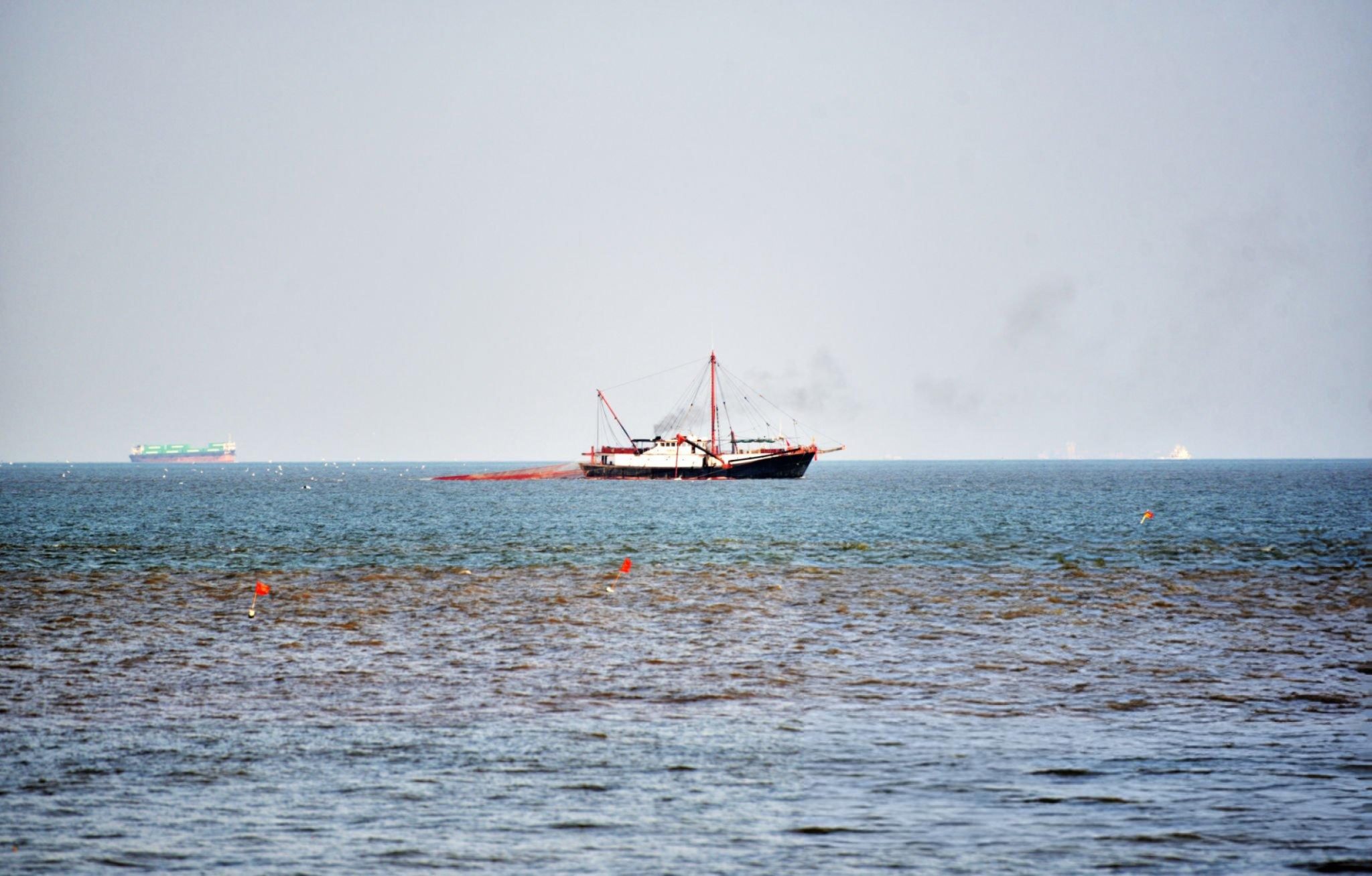The Russian captain of a container ship that collided with a US oil tanker in the North Sea has been given a provisional trial date of 12th January, facing a charge of gross negligence manslaughter.
Captain appears at the old bailey
Vladimir Motin, 59, from Primorsky, St Petersburg, appeared via videolink at the Old Bailey on Friday for a bail hearing lasting approximately an hour.
Dressed in a grey T-shirt, with short black hair parted on the left, a slight beard and moustache, and wearing glasses, Motin spoke only to confirm his name and date of birth. He was assisted by a Russian interpreter throughout the hearing.
No pleas were entered, and he was remanded in custody.
Deadly collision in the North sea
Motin was the master of the Portuguese-registered container ship Solong, which collided with the American tanker Stena Immaculate off the Yorkshire coast on 10th March.
The crash, which occurred at approximately 9:47am, left one crew member missing and presumed dead.
The victim, 38-year-old Filipino crewman Mark Angelo Pernia, was working on the forward deck of the Solong in the area where an explosion was reported.
Despite extensive search efforts, he could not be located.
All other crew members rescued
Following the collision, 23 people aboard the Stena Immaculate and 13 crew members from the Solong were successfully rescued.
The Stena Immaculate, an 183m-long oil tanker, had been carrying jet fuel at the time of the accident. It had anchored at the collision point at 6:50pm the previous evening, approximately 15 hours before the impact.
The Solong, which measured 140m in length and was carrying 157 containers, was reportedly travelling at 15 knots when it struck the port side of the tanker.
Preliminary hearing set for April
Judge Mark Lucraft KC scheduled Motin’s next court appearance for 14th April at the Old Bailey for a preliminary hearing ahead of his trial.
Motin, who is married and has a daughter, remains in custody pending further proceedings.
Authorities continue to investigate the circumstances leading to the collision, as well as any potential failures in maritime safety procedures.






